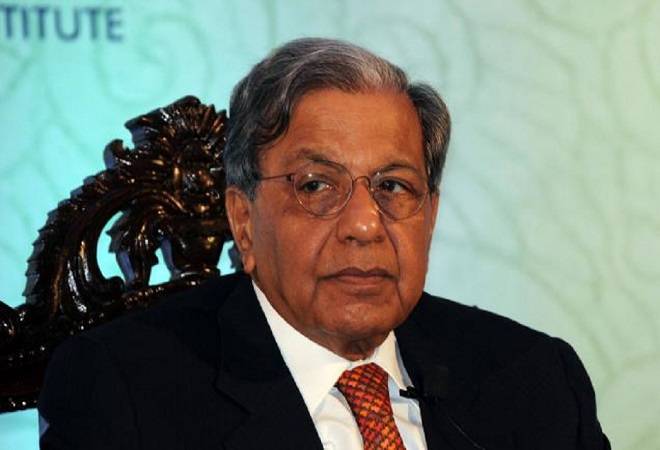Recent Finance Commission Chairman N K Singh said that India needs to grow much faster over the next ten years the use of technology and reforms to become an important global method. Last Monday he said that in the third and fourth quarter of current fiscal, India will see a sharp V-shaped recovery.
As the coronavirus lockdown led to serious demand and supply this location, FY21 GDP growth would ultimately be in negative territory. At an AIMA event, Singh said that the pandemic has led to enormous economic consequences as the lockdown brought serious dislocation on both demand and supply sides. In 2019-20 the economic growth of India was at an estimated 4.2 percent. By the various global and domestic agencies indicates a sharp contraction of the Indian economy from (-) 3.2 percent to (-) 9.5 percent was the growth projection for the current year.
India has to improve productivity and reduce the incremental Capital output ratio to achieve the potential growth rate of seven to eight percent. Singh also added that technology with significant reforms in areas like education health and maintenance of infrastructure can make a decisive difference. At the IIT Jodhpur Foundation Day event, he said that if we had the wish to become an important global player we have to grow much faster over the next ten years that we did in the past decade.
The realization of Aatmanirbhar Bharat can only be enabled by technology solutions. In the countries public health care system the COVID-19 pandemic has exposed several fault lines. In India, in 2018-19 the public health expenditure was 0.96 percent of GDP. Among the peer group countries, it is one of the lowest. From this, about seventy percent of expenditure on health was undertaken by the states, while only 3 percent was spent by the union government. The investment in health is not just social sector spending but it is a great investment in India’s economic growth and development which has become clear with the current coronavirus pandemic.
While using e-learning electronic medical records, electronic systems for disease surveillance, radiological assessments and readings, and laboratory and pharmacy information systems to significantly reduce inefficiencies and lack of resources for affordable access to health care are suggested by Singh. While talking about the use of technology in the education sectors he said that in the coming years there would be a need for a creative mix or a hybrid between online and offline education, while the technology must determine the optimum mix of this hybrid.

